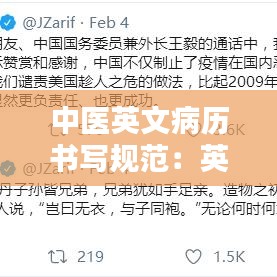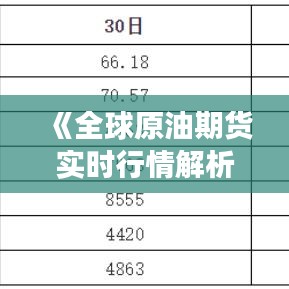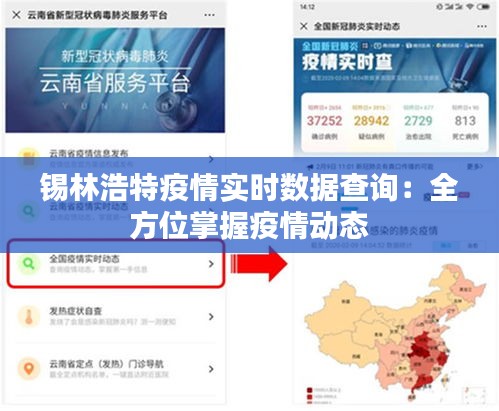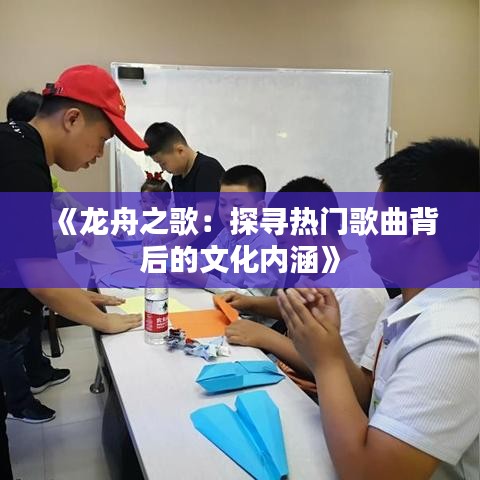Introduction to TCM Medical Record Writing Standards
Traditional Chinese Medicine (TCM) has a rich history and a unique approach to healthcare. As TCM continues to gain global recognition, it is increasingly important to establish standardized methods for documenting patient information. This article aims to provide an overview of the English TCM medical record writing standards, emphasizing clarity, consistency, and cultural sensitivity.
Understanding the Purpose of TCM Medical Records
TCM medical records serve several critical purposes. Firstly, they provide a comprehensive documentation of a patient's medical history, including their symptoms, diagnoses, treatments, and outcomes. This information is vital for continuity of care, as it allows healthcare providers to track a patient's progress over time. Secondly, TCM medical records facilitate communication among healthcare professionals, ensuring that all relevant information is shared accurately. Lastly, these records are essential for research, education, and legal purposes.
Structure of TCM Medical Records
The structure of an English TCM medical record typically follows a standardized format. It includes the following sections:
Patient Information: This section contains the patient's personal details, such as name, age, gender, contact information, and medical history.
Chief Complaint: A detailed description of the patient's primary complaint, including the duration, intensity, and any associated symptoms.
History of Present Illness (HPI): A chronological account of the patient's illness, including the onset, progression, and any treatments tried.
Physical Examination: A detailed description of the patient's physical examination findings, including vital signs, tongue diagnosis, pulse diagnosis, and other relevant observations.
Diagnosis: A clear and concise statement of the TCM diagnosis, including the pattern and associated pathogenesis.
Management Plan: A description of the treatment plan, including herbal medicine, acupuncture, moxibustion, and other therapeutic interventions.
Follow-up: Instructions for follow-up appointments, monitoring, and any necessary adjustments to the treatment plan.
Key Components of TCM Medical Records
When writing an English TCM medical record, certain key components should be included to ensure clarity and accuracy:
Symptoms: List all relevant symptoms, including their onset, duration, intensity, and any associated signs or symptoms.
Signs: Document vital signs, tongue diagnosis, pulse diagnosis, and other physical examination findings.
Diagnosis: Clearly state the TCM diagnosis, including the pattern, associated pathogenesis, and any differential diagnoses.
Treatment: Provide a detailed description of the treatment plan, including herbal medicine, acupuncture points, moxibustion techniques, and other interventions.
Outcome: Record the patient's response to treatment, including any improvements or worsening of symptoms.
Writing Style and Terminology
When writing an English TCM medical record, it is important to use a clear, concise, and professional writing style. Here are some guidelines to follow:
Use standard medical terminology: Ensure that all medical terms are spelled correctly and are consistent with established medical dictionaries.
Avoid jargon: Use plain language to describe symptoms, diagnoses, and treatments, making the record accessible to a broader audience.
Be specific: Provide detailed descriptions of symptoms, signs, and treatments to ensure clarity and accuracy.
Use active voice: Write in an active voice to make the record more engaging and easier to read.
Documentation of Treatments
Accurate documentation of treatments is crucial in TCM medical records. This includes:
Herbal medicine: List the name of the herbal formula, the dosage, and the frequency of administration.
Acupuncture: Include the specific acupuncture points used, the technique, and the duration of treatment.
Moxibustion: Document the type of moxibustion, the area treated, and the duration of treatment.
Other interventions: Mention any other treatments, such as cupping, gua sha, or
转载请注明来自北京凯建昌盛工程技术有限公司,本文标题:《中医英文病历书写规范:英文病历模板 》












 京ICP备19050683号-2
京ICP备19050683号-2
还没有评论,来说两句吧...